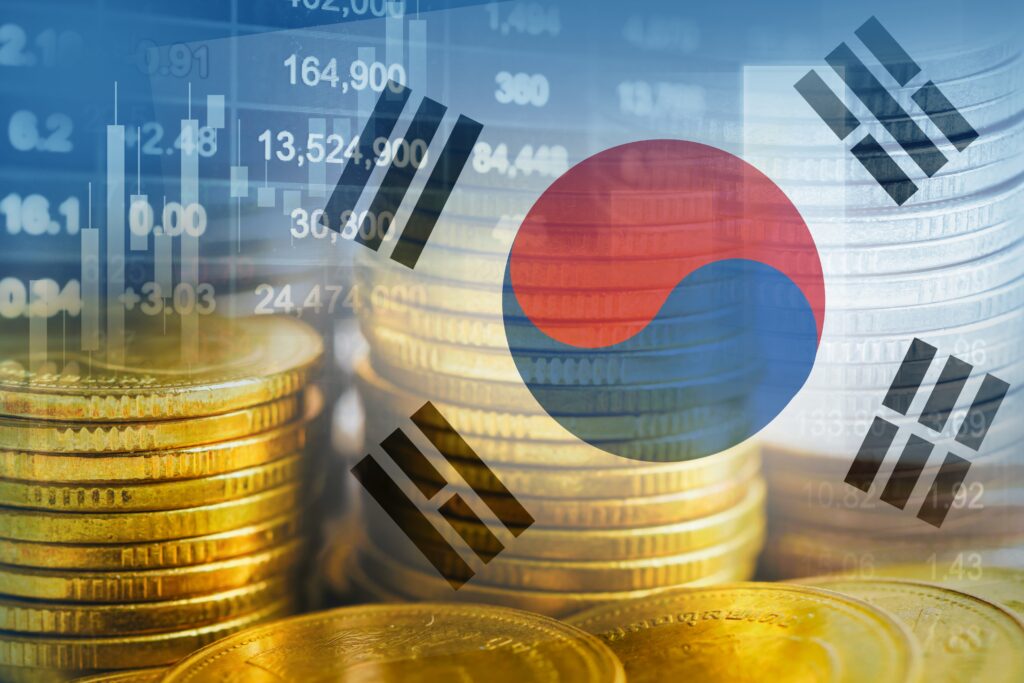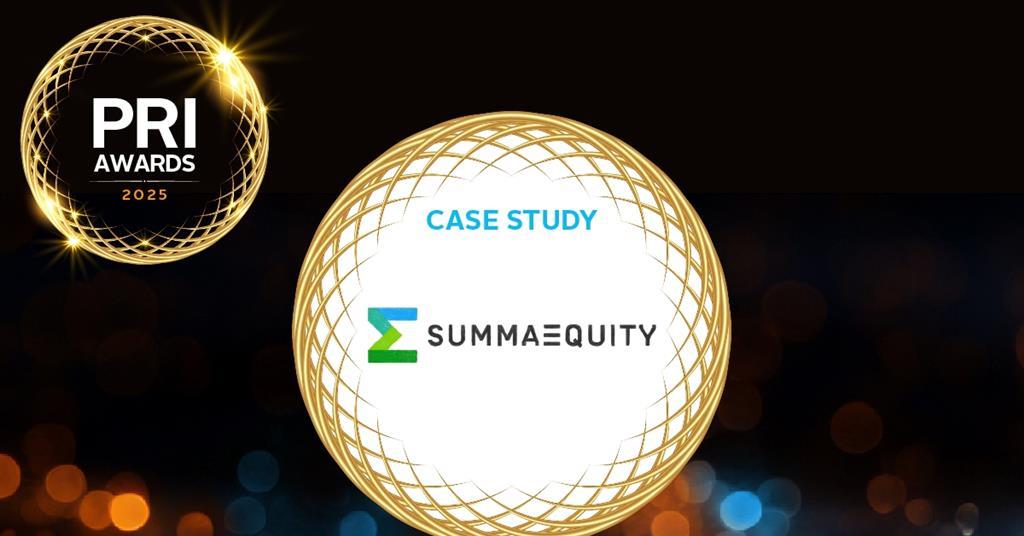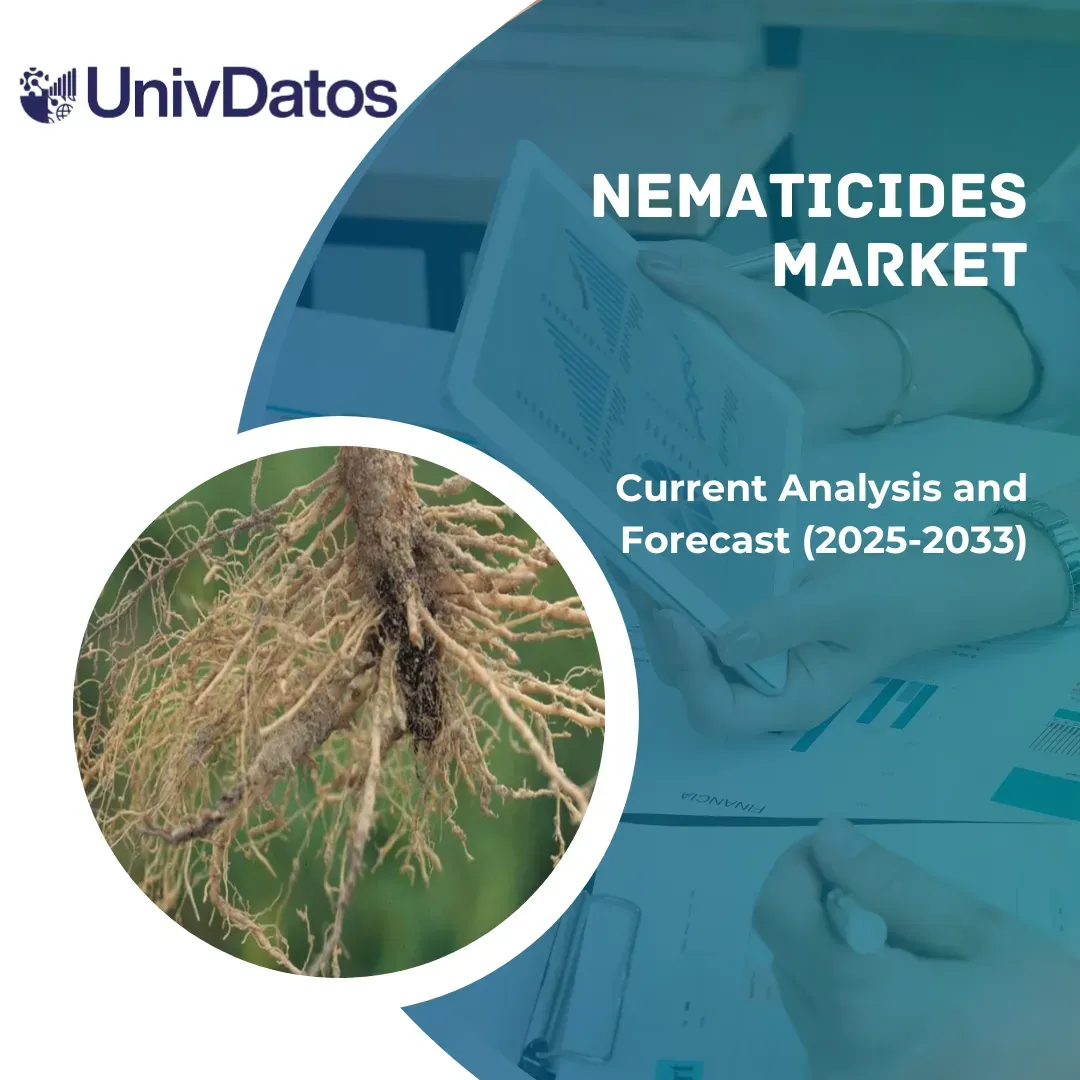What the U.S. Tariff Letter Means for South Korea’s New Investment Strategy

What the U.S. Tariff Letter Means for South Korea’s New Investment Strategy

On July 7, 2025, U.S. President Donald Trump sent a letter to South Korean President Lee Jae Myung, warning that a 25 percent tariff on all Korean imports would take effect on August 1 unless a new trade deal were concluded. While responding to the letter will take time and negotiators from both countries are hard at work, this piece aims to assess the implications for Korea’s investment strategy.
One convincing interpretation of the letter is that not only is the U.S.-Korea trade balance at stake, but also the location of future production and investment. Text from the letter directly signals that South Korean investments in the United States are the preferred alternative for bypassing punitive tariffs.
South Korea and Japan were among the first recipients of his tariff letters. That choice likely reflects strategic targeting, as these countries are the largest foreign direct investors in the United States, according to the U.S. Bureau of Economic Analysis’ data on expenditures to establish a new U.S. business or to expand an existing foreign-owned U.S. business. In other words, Trump’s letters target two of the United States’ most industrially capable allies, perhaps to extract commitments for greenfield investment projects that can later be used as evidence of a successful deal. In fact, Hyundai Motor Group made headlines in March 2025—only a few months into President Trump’s second term—with its latest USD 5.8 billion investment announcement to build a new manufacturing facility in Louisiana.
What Might Happen Before August 1?
There are a number of potential developments that may occur between now and August 1. The first is that President Trump communicates a desire for Korean firms to announce new investment projects in the United States, especially in Republican states, to avoid tariffs and demonstrate a political win for American manufacturing jobs. Korean firms may respond affirmatively, as there is growing regulatory uncertainty at home. For instance, South Korean labor minister nominee Kim Young-hoon has a pro-union background, which could signal a more challenging labor environment for large corporations. While the implications remain to be seen, some union-resistant Korean firms may view outward investments as a more flexible alternative, especially with President Trump’s verbal promise of reduced regulatory barriers.
Meanwhile, the United States is unlikely to back down on its threats of tariffs as these demands are driven more by political optics than real concerns over trade imbalances. As recently published research from the Korea Economic Institute of America (KEI) demonstrates, the tariff threat is less about trade fairness and more about leveraging pressure to secure domestic political wins.
Policy Recommendations
Based on the assessment, a few strategies may help navigate the weeks ahead. First, Korean firms could independently announce or expand investment plans in key U.S. states, such as Indiana, where President Trump has strong political support, not necessarily as part of formal negotiations but as a long-term strategy to deepen local economic ties and potentially build goodwill among future U.S. administrations.
A recent KEI documentary examining Korean investments in Indiana identifies pathways for strengthening ties between Korean firms and U.S. state and local governments. Furthermore, a KEI report on U.S. attitudes toward foreign investments finds that South Korean firms enjoy a favorable reputation in manufacturing-oriented communities. Politicians across the United States will likely welcome a successful trade deal that includes new investment pledges, especially representatives from areas where foreign direct investment has or is expected to positively impact employment.
A continued partnership with the U.S. state and federal governments can ensure high-visibility and media-friendly investment announcements. As discussed in a previous piece for KEI, political signaling matters, and splashy announcements can positively reshape trade tensions. With state and local politicians increasingly stepping in to fill policy and funding gaps, engaging directly with state-level stakeholders may be a potential channel for Korean firms looking to demonstrate strategic commitments.
Conclusion
With less than a month remaining before the tariff deadline set for August 1, Korean companies find themselves confronting a familiar yet pressing dilemma: how to convert mounting pressure into a strategic opportunity.
Regardless of the negotiation framework, these companies may consider proactive steps to manage risks and strengthen their position in the U.S. market. President Trump has also since clarified that “no extensions will be granted” for the August 1 deadline. The upcoming weeks could prove pivotal, potentially shaping the trajectory of U.S.-Korea economic relations for years to come.
Sunhyung Lee is a Non-Resident Fellow at KEI and an Assistant Professor of Economics at the Feliciano School of Business, Montclair State University. The views expressed here are the author’s alone.
Feature image from Shutterstock.
KEI is registered under the FARA as an agent of the Korea Institute for International Economic Policy, a public corporation established by the government of the Republic of Korea. Additional information is available at the Department of Justice, Washington, D.C.
link






